Did you know the city of Dundee has been home to more than 200 different schools in the past 150 years?
Some, like the High School of Dundee, remain a fixture at the heart of educational life, while others have been demolished or merged.
A new book will ensure those schools already lost will not be forgotten.
This year marks the 150th anniversary of the Scottish Education Act, which established School Boards across the country and in Dundee.
Linda Nicoll and Elizabeth Merchant have taken the opportunity to research school boards across Dundee and compile a reference book of nearly every school in the city from now and then.
Dundee Schools Past and Present
Their new book, Dundee Schools Past and Present, looks at the early church and factory schools, and the development of School Board schools across the city which led to the formation of Roman Catholic and Episcopal schools.
Linda and Elizabeth – members of the Friends of Dundee City Archives group – have been supported by the city archives to complete the book which launches tomorrow.
Linda sat down with us to tell us some of the fascinating discoveries they uncovered in their research.
She said: “With this year being the 150th anniversary of the Scottish Education Act we felt that this was the best time to start looking at Dundee schools.
“But I don’t think either of us realised just how many schools there are in Dundee.
“I mean, we’ve found well over 200!
“We believe we’ve found them all but no doubt somebody will tell us one is missing!”
“We wrote the book using all primary sources from the archives.
“There were school logbooks, school minutes, reports from the school board – there were a lot of materials!
“The book starts with an introduction to the Education Act, and then it looks at school board schools.
“The Education Act set up school boards and made education compulsory for a certain age group of children.
“We have a section on Catholic schools and Episcopal schools, then we have private and charitable schools, and we also have a little bit about halftime schools as well.”
Halftime schools in Dundee
Halftime schools were incredibly common in Dundee in the 19th century.
The city’s popular jute mills and linen factories meant they needed all hands on deck to keep them running – including the city’s children.
Easily taught and cheap to hire, the kids were relied upon to complete the tasks that can now be completed by machinery!
Working in the factories meant that many children in Dundee were only able to attend school part-time.
Linda explains further.
She said: “A lot of the school logbooks described huge poverty in the city in the early 19th century.
“Areas like Hawkhill, Overgate, and Hilltown were particularly bad.
“Before the introduction of the Education Act, a lot of children initially didn’t go to school because they couldn’t afford the school fees.
“And for a lot of the parents as well, their priority was putting food on the table, and so they sent their children out to work.
“Once the Act came in, things changed.
“Children legally had to go to school.”
The Factory Act
The Factory Act was introduced in 1844 to ensure that all children aged 8-13 who were employed in textile factories would spend either six half days or three whole days at school each week.
Employers were instructed to obtain certificates testifying to their employees attendance at school, and to pay for their education at a price of twopence per week.
This was deducted from the children’s wages.
Linda added: “That’s why you ended up with the half timers; they had a bit of both.
“There was one logbook that showed registration hadn’t been taken that day until half 10 in the morning because the children had all been out working before they went to school.
“Another record from St Stephen’s in 1921 says that the boys would be sent out to hunt for bread in the morning before they arrived for their lessons.
“Further records show that even when the students did show up, they didn’t have the correct clothes.
“Many were without shoes on their feet.”
Factory inspectors were soon also given the task of inspecting schools to make sure their conditions were suitable.
Linda said: “The schools were in a dreadful state.
“There weren’t enough seats, they were dangerously rundown, and there certainly weren’t enough resources.
“Classes were huge.
“At one time, we have a record of one teacher having a class of 90 pupils.
“There was no room for them, so some of them had to go out and clean the playground.”
Different times
Teachers themselves also faced difficult working conditions, especially some of the newest women teachers who had to compete with sexism in the workplace.
Elizabeth said: “One of the teachers, a Margaret Lowe, worked so hard even in these difficult conditions.
“Her class had a total of 90 pupils in it!
“That wasn’t uncommon at the time – an average class might see one member of staff to 60 children, or in the Catholic sector you could see one member of staff to 150 children!
“Margaret Lowe got fabulous school reports about the work that she was doing, however, the story goes, that she started to receive some criticism for being a woman.
“Some of the parents sent requests that the school should come up to the standard of other schools, i.e. have a male teacher.
“So she just got sacked.
“It was absolutely dreadful.”
These were different times, when boys and girls were still taught different subjects at school.
Linda added: “They used to separate them.
“The boys would be downstairs and the girls would be upstairs in what they used to refer to as the industrial school.
“They focussed more on sewing and practical lessons rather than academic ones.
“They would study reading, writing, arithmetic, knitting, sewing and crochet work.
“Sometimes you were taught Latin too!
“In some of the private schools they often had a wider selection, and they would invite in individual teachers for a particular subject.”
Speaking from experience
Two ex-teachers themselves, Linda and Elizabeth were able to bring the book right up to modern day and see clearly how times had changed.
The differences didn’t stop with the content of lessons – even the style of learning was different.
She said: “There was no active learning like we have now.
“It was passive learning, where you would sit in rows and read aloud from a book.
“Some of the schools had pupils teachers to help out, but they weren’t much older than the students!
“We didn’t see the introduction of active learning until the 1960s, maybe the 1970s.
“That was when we saw more group work being introduced, rather than individualised learning.
“The book is interspersed with a fantastic selection of images.
“Almost all of them came from the city archives.
“There’s a couple from the DC Thomson archives in there too!
“We’re doing a talk on November 3 at the Glasite Hall.
“FDCA always have a monthly talk there on a different theme, so we’re doing the one for November on the city’s schools – past and present.
“We’re hoping that many people from the city will enjoy attending and joining us on a trip down memory lane as we recall schools past and present.
“There will be many illustrations to enjoy to rekindle everyone’s childhood memories.
“Copies of the book will be available on the night at the Glasite Hall, or from the City Archives website.”
- Tickets for the Dundee Schools Past and Present talk at Glasite Hall can be purchased through Eventbrite.
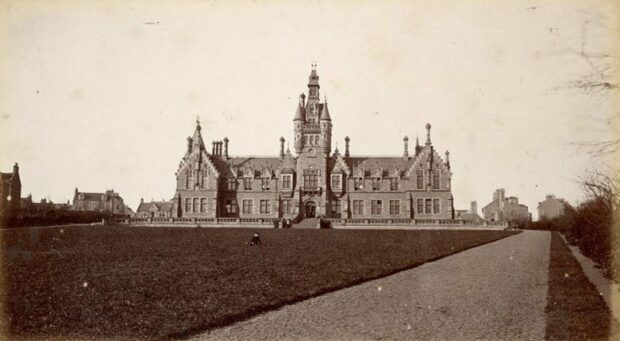
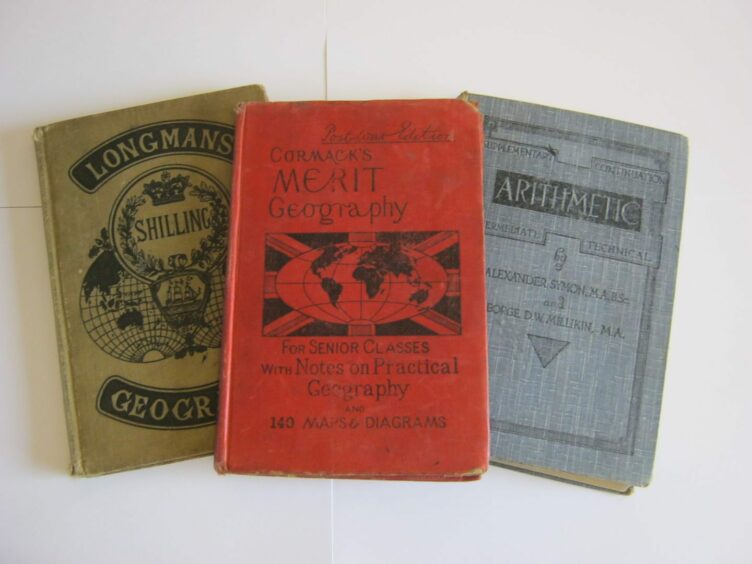
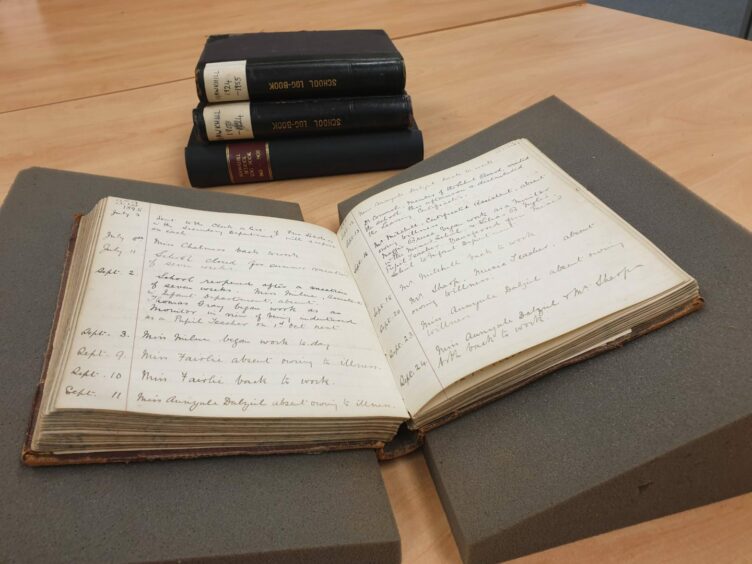
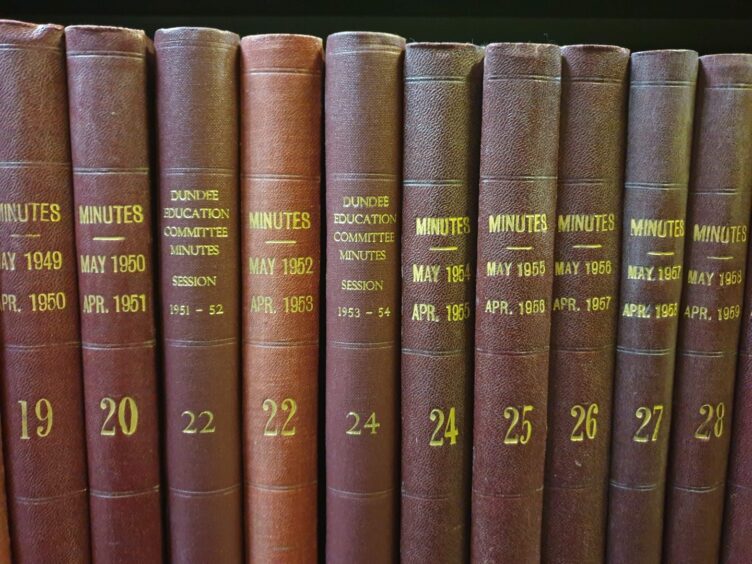
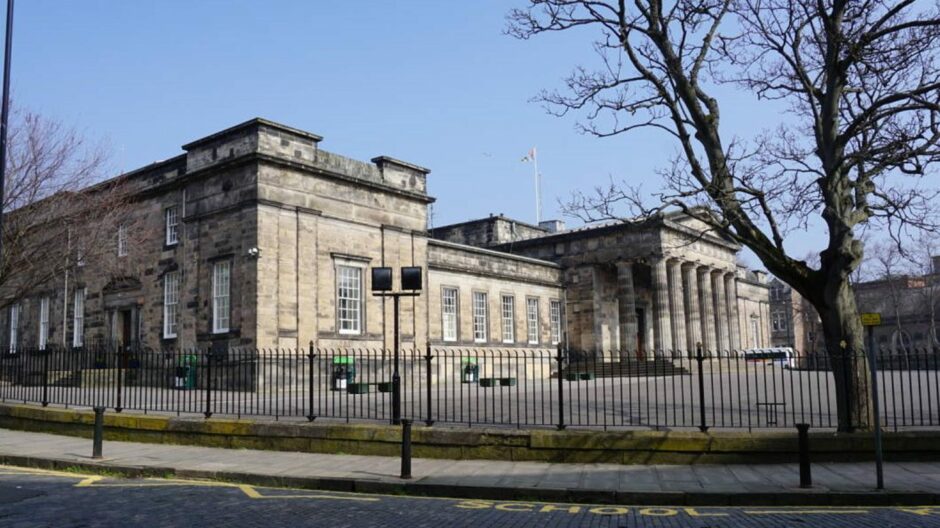
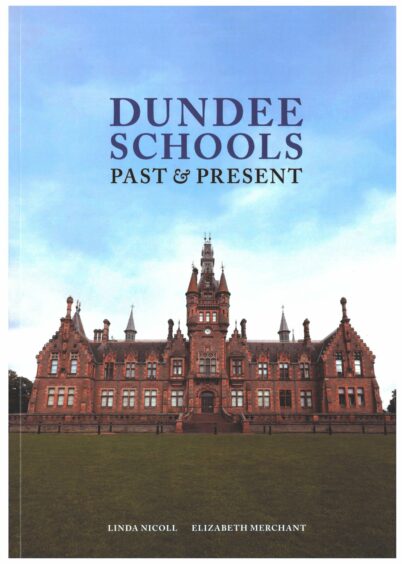










Conversation